Anticipatory action: Helping people to prepare for the worst
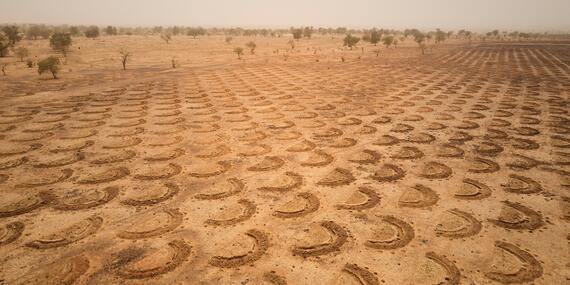
Nepal, Niger and South Sudan are all vulnerable to the effects of climate change. Nepal’s annual monsoon is becoming more and more erratic; last year’s floods in South Sudan reached levels not seen in previous years; and Niger’s worst drought in 30 years is driving humanitarian need.
In all three countries, the lack of rain is causing displacement, food insecurity and malnutrition among the poorest and most vulnerable communities.
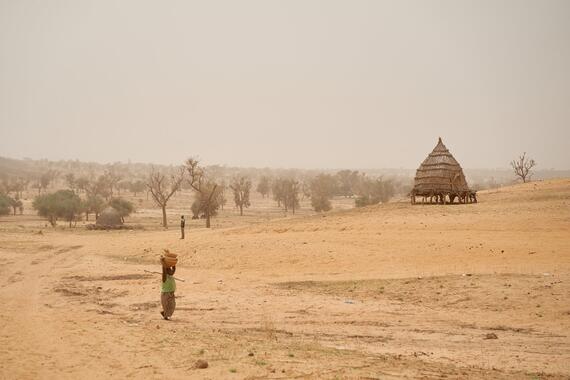
Advancements in technology and analytics are making it easier to more accurately predict extreme weather events. This makes it possible to trigger anticipatory action – acting before a predicted disaster, such as a flood or a drought, to prevent or reduce its impact on people.
The humanitarian community did exactly that in Nepal, Niger and South Sudan, with support from OCHA and the Central Emergency Response Fund (CERF).
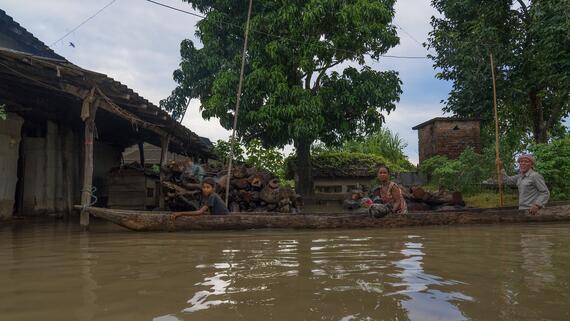
"I will spend the money on clothes, salt and oil, and repairing my boat."
In Nepal, warnings of heavy flooding in Banke, Bardiya and Kailai districts triggered the ‘action phase’ of the Anticipatory Action Framework. As a result, CERF allocated US$3.2 million to the World Food Programme (WFP), the UN Population Fund and UN Women to help communities ahead of peak flooding. This funding was available within just 14 minutes of the early warning that triggering the anticipatory action.
Each agency distributed cash and essential supplies, such as food, clothes and solar radios, to vulnerable communities. They also shared weather and flood forecasts, and offered psychosocial and legal support services.
Bhagiram Sunaha’s family was one of 15,000 families in Nepal who received anticipatory cash. This gave him the flexibility to buy food, make repairs and get supplies ahead of the floods.
“I will spend the money on clothes, salt and oil, and repairing my boat,” he said at the time he received the cash.
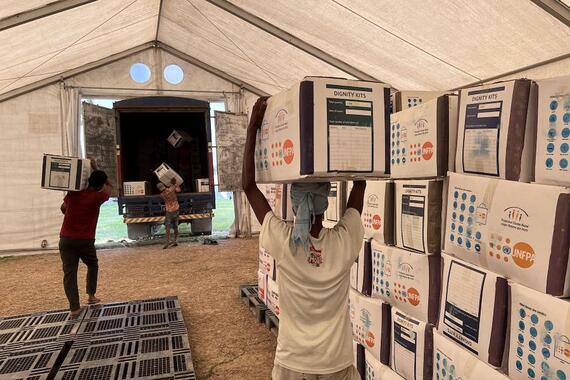
In South Sudan, water levels near Bentiu rose well above the levels recorded in previous years, and it was expected even a small amount of additional rain to cause severe flooding. This triggered a $15 million anticipatory allocation from CERF to reinforce dikes, restore roads, and provide people with cash grants so they could prepare their families before the floods peaked. This came alongside a $4 million allocation from the South Sudan Humanitarian Fund.
WFP worked with local communities to prepare land and harvest techniques to increase food availability, while the World Health Organization delivered emergency health kits and essential medicines to health facilities.
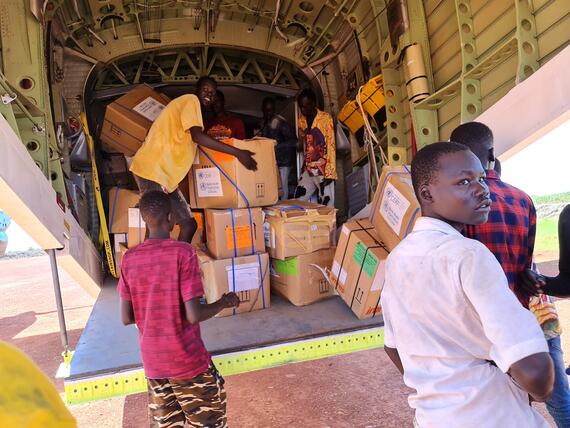
“The soil used to be fertile and gave higher yields, but now it has changed and we need new techniques” - Amadou
In Niger, low rainfall triggered a $9.5 million CERF allocation to help mitigate the effects of drought on communities in the arid Dosso Region. The money was used to increase malnutrition surveillance, clear land to prevent fires, implement protection activities, establish vegetable gardens and better manage natural resources on pasture land.
To make the most of the meager amount of rain, farmers applied new techniques, including half-moons, which allow water to accumulate better and seep into the soil.
Amadou Keydou, a local farmer, explained: "With this technique we are able to rehabilitate the soil, reducing the risk of flooding and retaining water. The soil used to be fertile and gave higher yields, but now it has changed and we need new techniques.”
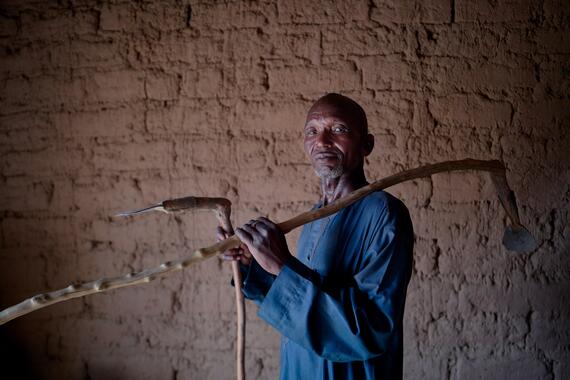
This type of assistance aims to help people prepare for the worst before it happens. Preliminary evidence suggests that it works.
In South Sudan, the rains were as severe as predicted and caused damage. However, initial evaluations suggest that because many people were better prepared, the impact was mitigated.
In Nepal, people used about a third of the cash they received to purchase food, and the earlier they received assistance, the better their food security was after the event.
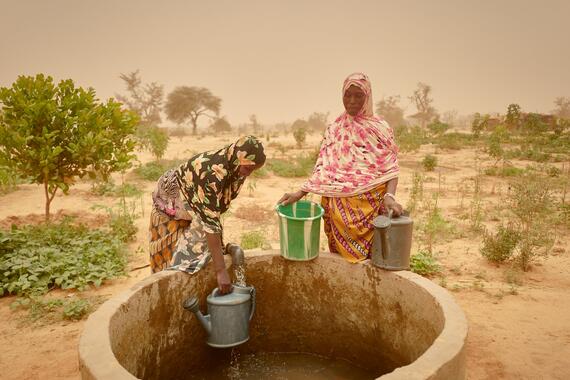
“When we got the message, we took our animals and tied them to a raised embankment. We built a temporary shelter and stayed there for some time.”
People who received anticipatory action support were also more likely to have received early warning of the floods.
Amrita Kami lives in Niger’s Bardiya district. She explained: “A few days earlier, we got the message that there were going to be floods. When we got the message, we took our animals and tied them to a raised embankment. We built a temporary shelter and stayed there for some time.”
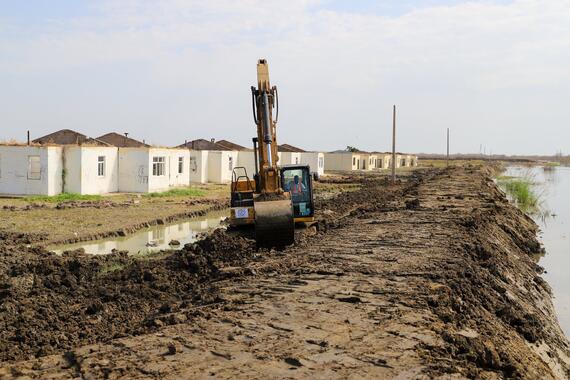
To find out more...
Here is an overview of OCHA’s work in support of Anticipatory Action.
South Sudan
More information on the CERF allocation in South Sudan, on the South Sudan Humanitarian Fund and human impact stories are available on StoryHub. The initial post-action findings can be found here.
Niger
Human impact stories about the Funds’ work in Niger, information on the CERF allocation in Niger, and on the AA framework in Niger, and its activation can be found at these links.
Nepal
Human impact stories about the Funds’ work in Nepal, and on the Nepal AA activation are here. The initial Post-Distribution Monitoring report is available here.
This story (UNFPA) and this tweet (UNCERF) have more details on the people and projects featured in this story.
